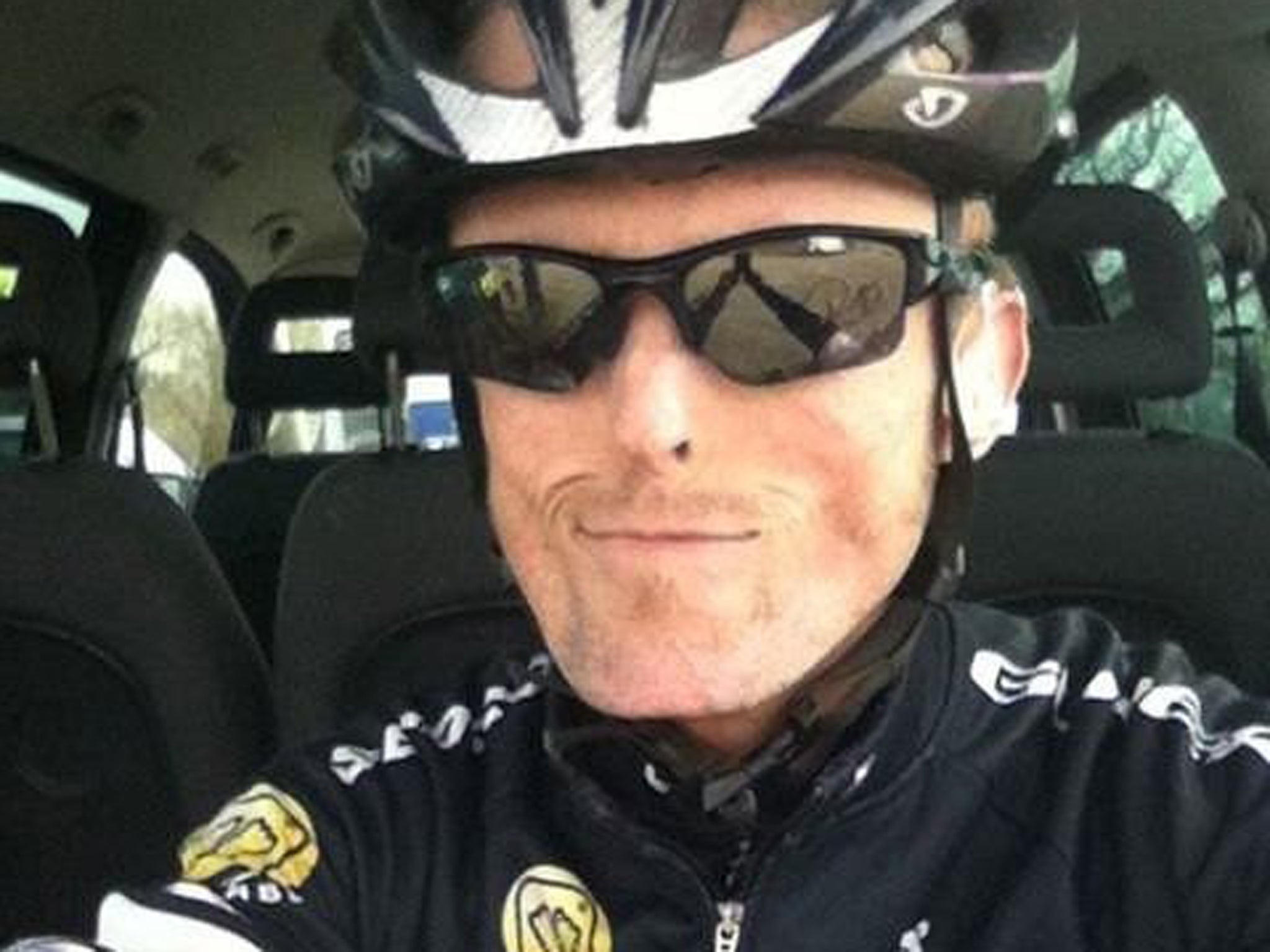Scientists track down genetic mutation that stops former paracyling champion Tom Staniford storing fat
Researchers at University of Exeter found he is one of just eight people in world to suffer from MDP syndrome

Scientists have finally discovered the single genetic mutation responsible for a cyclist's inability to store fat that has puzzled doctors for years.
Tom Staniford, 23, was born with a rare genetic mutation whereby he is unable to maintain fat below his skin's surface, but his body thinks it is obese, As a result, he has Type 2 diabetes and his hearing has been deteriorating since he was 10 years old.
Mr Staniford was born at normal weight, but throughout his childhood and teenage years lost all the fat around his face and limbs. His condition means he has no natural cushioning on his body, suffers from sore feet, and is at an increased risk of breaking bones in a fall.
He still went on to develop a keen interest in cycling and was crowned the British national paracycling circuit race champion in 2011
But the mystery of Mr Staniford's condition has finally been solved after a research team set about identifying the exact gene mutation responsible. Researchers at the University of Exeter, where he studied law, found that he is one of just eight people in the world to suffer from MDP syndrome, where a single amino acid is missing from an enzyme crucial to DNA replication.
They compared the cyclist's entire genetic code with that of three other patients with the same symptoms. The DNA of their family members was also analysed. Professor Andrew Hattersley, a Wellcome Trust senior investigator at the university's medical school, said: "Tom's condition has been a puzzle to us for many years. We could see the symptoms, including the very unusual case of type 2 diabetes in someone with no obvious body fat, but did not know what was causing them.
"We had to look at 30 million base pairs (chemical components of DNA) in Tom's DNA, and similar numbers in his family members and other patients, to identify the single mutation. This would not have been feasible even a couple of years ago."
Mr Staniford said: "In some ways, identifying the syndrome behind my symptoms shouldn't be important - a name is just a name after all - but it is reassuring to know that there are other people with the condition and that we can lead relatively normal lives.
"What could prove crucial, though, is enabling me to be properly classified in competitions so that I am not competing at an unfair disadvantage against others. I hope to be able to compete for Great Britain in the 2016 Paralympics and this finding could make a real difference to my chances."
Michael Dunn, head of Genetic and Molecular Sciences at the Wellcome Trust, said: "This is a great example of genome sequencing coming of age. Where previously sequencing a patient's entire genome was prohibitively expensive, it is now far more cost effective. As we've seen here, it is no longer just about identifying genes implicated in common diseases, but is about informing diagnoses and prognoses of rare diseases - and, in Tom's case, helping inform his sporting performance."
Join our commenting forum
Join thought-provoking conversations, follow other Independent readers and see their replies
Comments